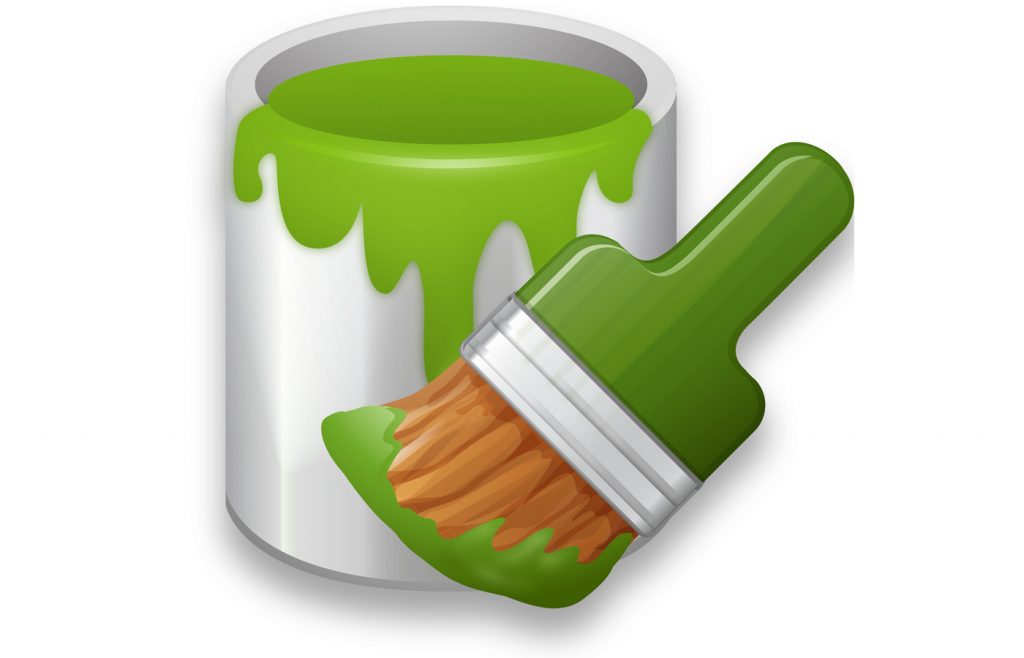 Got a spring painting project? How do you find the best paints? Millions of Americans trust the research done by Consumer Reports, which compares several major brands and a few smaller ones. As no one has the time or expertise to analyze paints the way they do, their data can prove useful. Performance and price weigh heavily in their Best Buy ratings. When it comes to safety, there’s a rating for low- or zero-VOC (volatile organic compound) emissions, but Consumer Reports doesn’t say what the actual VOC levels are. This implies that zero VOC is always better, but that’s not necessarily so.
Got a spring painting project? How do you find the best paints? Millions of Americans trust the research done by Consumer Reports, which compares several major brands and a few smaller ones. As no one has the time or expertise to analyze paints the way they do, their data can prove useful. Performance and price weigh heavily in their Best Buy ratings. When it comes to safety, there’s a rating for low- or zero-VOC (volatile organic compound) emissions, but Consumer Reports doesn’t say what the actual VOC levels are. This implies that zero VOC is always better, but that’s not necessarily so.
The FTC allows manufacturers to claim zero VOC when their product emits less than 10 grams per liter of VOC. Small differences of 10 to 20 VOCs are hardly perceptible, yet they give consumers an overly simplistic metric of safety.
Furthermore, VOC emissions are only part of the whole chemical story. There are hundreds of dangerous chemicals that are not classified as VOCs because they don’t cause smog, yet they can result in respiratory illnesses. Unfortunately, unwitting consumers may be misled by the zero-VOC label and assume they’ve bought the safest product. Since 1979, the EPA Toxic Substances Control Act has not required listing or labeling these other non-VOC ingredients. But that’s changing, as new California laws are pushing for stricter labeling rules.
One group that has been pushing for ingredient transparency is the nonprofit Living Future Institute in Washington, D.C. To empower consumers with all the facts about a product, it has created the Declare label, based on a rigorous product database of all harmful chemicals called the Red List. Unlike the EPA’s short list of known hazards, the Red List includes suspected carcinogens and other potentially harmful chemicals. Together, these provide consumers with a 100-percent transparent look at all the ingredients as well as what may be harmful.
More and more manufacturers are using the Declare label, especially those that have nothing to hide. As it gains momentum, pressure will be brought to bear on those without it to come clean—if they dare. Next time you buy paint or any building material, ask your retailer if their product has a Declare label.
What else is new in paint? Here are some innovative products that you may not have heard of. Atmosphere Purifying Paint raises the bar by actively filtering contaminants from the air by using zeolite, a well-known volcanic mineral. This paint is not only zero VOC, but it also absorbs odors from smoke, pet urine, and essential oils, as well as formaldehyde, glycol, benzene, and other toxins, thus turning your walls into a massive air purifier.
Another is EMR (electromagnetic radiation) shielding paint, which uses high-quality nickel to block extremely low radio frequencies (ELF) and very low frequencies (VLF) of EMR. If you have a smart meter, older wiring, or other emitting appliances, this may be a convenient way to protect from harmful radiation. This product has a dark grey color (due to the nickel content), and is intended to be painted over by ECOS non-toxic wall paint. ECOS paints have a Declare label and are Red List Free.
© Joel Hirshberg, Green Building Supply 2018. All rights reserved.
